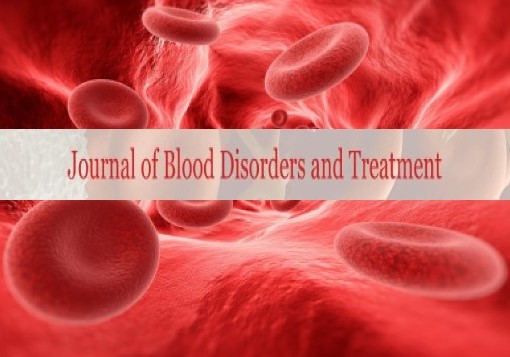
Sign up for email alert when new content gets added: Sign up
Munira Borhany, Naveena Fatima, Madiha Abid, Tahir Shamsi, Verena Schroeder and Hans P Kohler
National Institute of Blood Disease & BMT, Pakistan University of Bern, Switzerland Tiefenau Hospital, Switzerland
Posters & Accepted Abstracts: J Blood Disord Treat
Introduction & Aim: Factor XIII (FXIII) deficiency is a Rare Bleeding Disorder (RBD) with an incidence of about one in 1-2.5 million and its incidence is higher in populations with consanguineous marriages. The aim of this study was to characterize patients and relatives from sixteen families with suspected FXIII deficiency from Pakistan and to identify the clinical characteristics and underlying mutations.
Method: FXIII deficient patients, enrolled at National Institute of Blood diseases and Bone Marrow Transplantation were included in the study. The patients’ medical histories were recorded in a questionnaire. As a first indicator of FXIII deficiency, a 5M urea clot solubility test was used. Plasma FXIII A- and B-subunit antigen levels were determined by ELISA. FXIII activity was measured with an incorporation assay. Sequencing of all exons and intron/exon boundaries of F13A was performed.
Result: We analyzed 16 families in which 32 (females 18 and 14 males) were severe FXIII deficient with FXIII level <1%. 19 first-degree relatives with mean FXIII level 71.19±21.1 are asymptomatic. Each family had a history of consanguineous marriages except one. 50% had significant family history of bleeding. Age at first presentation ranged from birth to 18 years. In these patients we identified 23 mutations which include 19 missense mutations, 2 splicing mutations and 2-nonsense mutations with 7 novel mutations. Bleeding after injury (78%), umbilical cord bleeding (57%), intracranial bleed (43%), hematoma, bruises (39%), abortions and menorrhagia (38%), circumcision (35%) were the main clinical manifestations. Fresh frozen plasma/cryoprecipitate were used in the management of most patients and for prophylaxis in 8 patients with grade III bleeding.
Conclusion: We have analyzed a cohort of 51 individuals from 16 families in which 32 were severe FXIII deficient (homozygous or compound heterozygous) and remaining were FXIII deficient carriers (heterozygous). We identified 23 mutations in these families leading to congenital FXIII deficiency. Diagnosis of FXIII deficiency should be made on time so that prophylaxis can be initiated immediately to prevent fatal bleeding and for genetic counseling.
E-mail: muniraborhany@gmail.com